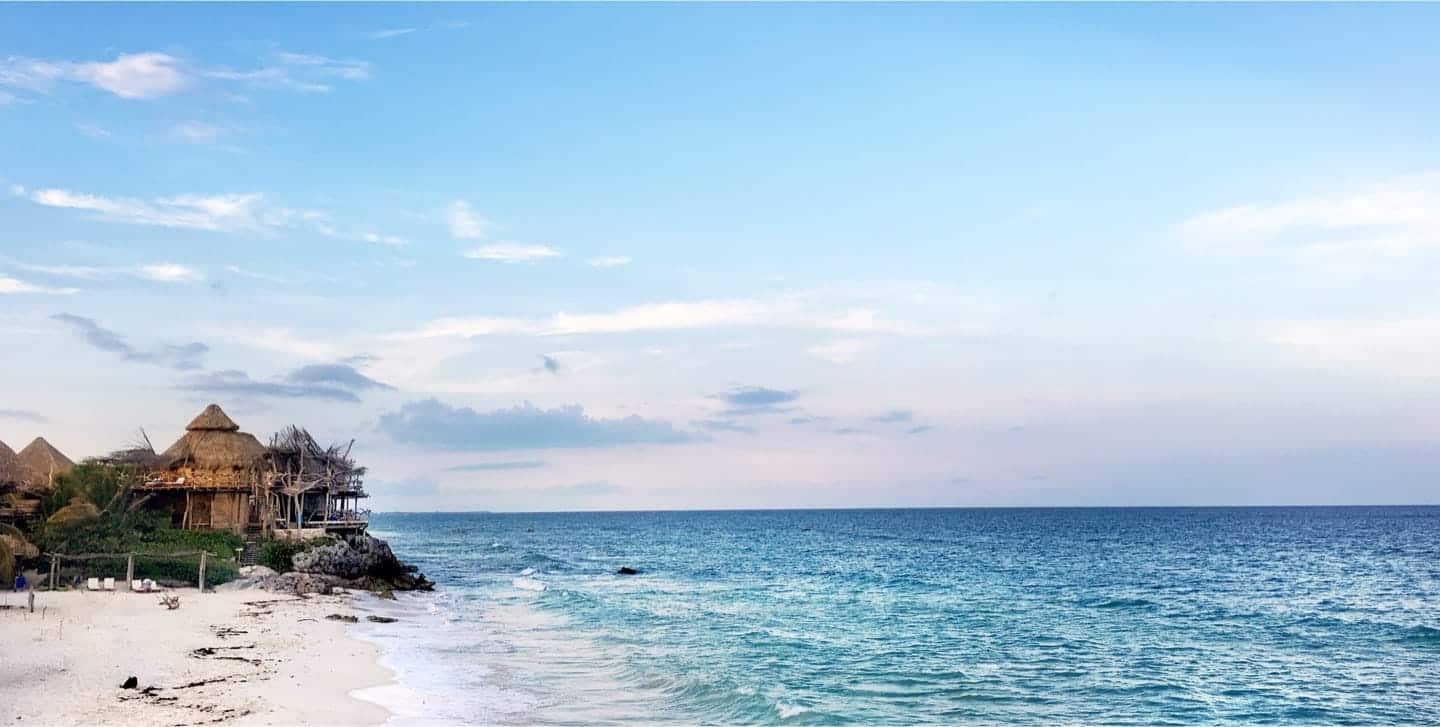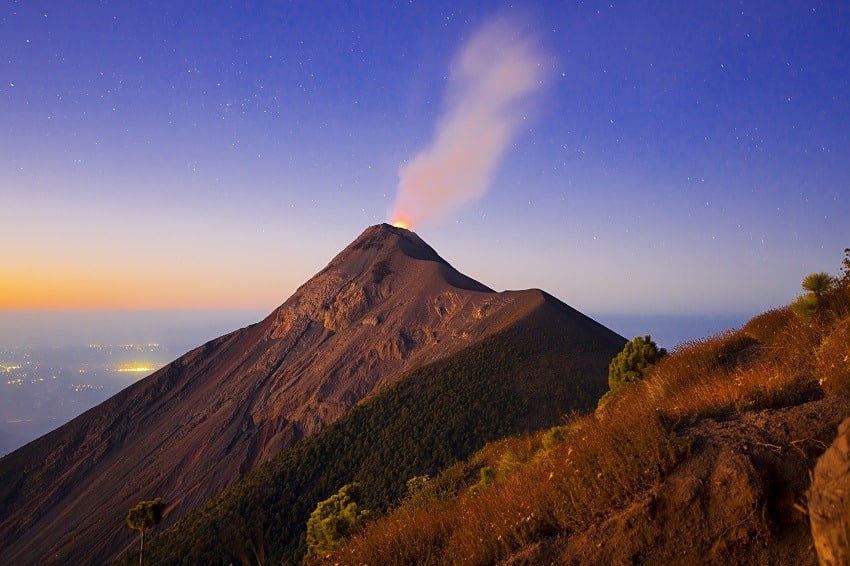
A brief guide to the key Guatemala volcanoes that, together, form part of the Central America Volcanic Arc running broadly parallel to the Pacific coast.
As well as being visually spectacular, many of these Guatemala volcanoes offer great hiking opportunities and, from their respective summits, some of the best views in Central America.
For the sake of simplicity, we have divided these Guatemala volcanoes into geographic / travel orientated sub-sections.
Volcanoes of south-western Guatemala
1 – Tacana volcano
Located on the border with Mexico, at some 4,060 metres Tacana volcano is the second highest peak in Central America. Defined as a stratovolcano, Tacana last erupted in 1986 although it is still a popular trek. The ascent to the top takes around 10 hours.
2 – Tajumulco volcano
At just over 4,200 metres in height, Tajumulco volcano is the tallest peak in Central America. It is not known when Tajumulco last erupted but certainly not in living memory. Being the tallest peak in Central America, the top of the volcano is frequently enveloped by cloud cover making it unsuitable for trekking.
3 – Almolonga volcano
Located close to the famous town of the same name, just south of Quetzaltenango, Almolonga volcano is also known as ‘The Molar’ due to its distinct shape. Reaching a height of just under 3,200 metres, Almolonga’s last eruption was over 200 years ago although it is still considered as being at risk of future eruption.
4 – Santa Maria volcano
Reaching a height of 3,770 metres, Santa Maria volcano is an active volcano that, in 1902, was the scene of one of the largest eruptions of the 20th century. The lava dome complex created by this eruption, and known as Santiaguito, is still active today and is clearly visible from the top of Santa Maria, making it popular with visitors.
5 – Santo Tomas volcano
Santo Tomas volcano (also sometimes referred to as Pecul volcano) is another stratovolcano reaching a height of some 3,540 metres. Although still active, it isn’t thought to have erupted for thousands of years. The nearest road access is the village of Fuentes Geoginas from which it’s a hike of 6 hours up and 4 hours down.
Volcanoes of Lake Atitlan
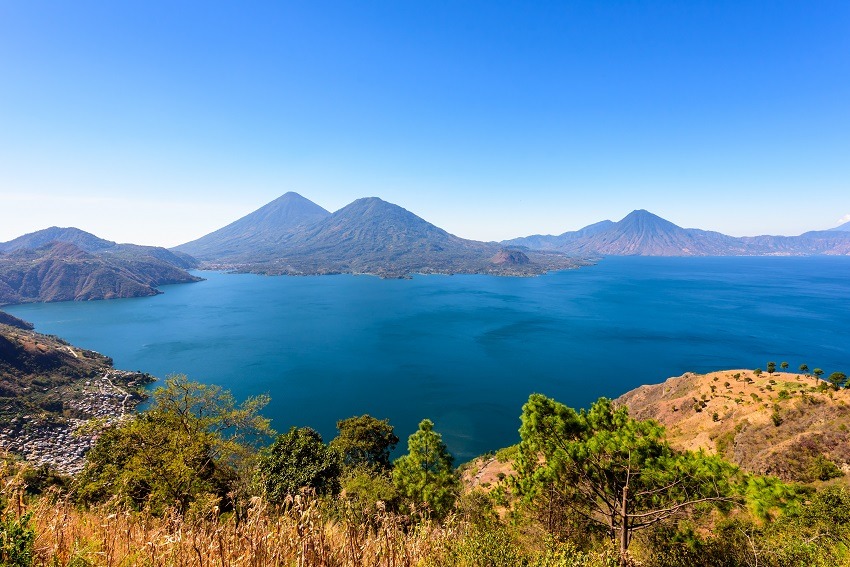
6 – San Pedro volcano
Located on the shores of Lake Atitlan, San Pedro volcano reaches a height of 3,020 metres, making it the ‘smallest’ of the three volcanoes looming over the lake. For this reason, it is also the easiest and most popular of Lake Atitlan’s volcanoes when it comes to hikes. We are able to arrange transport and a guide for clients who wish to include the ascent of San Pedro volcano as part of their holiday to Guatemala.
7 – Toliman volcano
Located on the southern shores of Lake Atitlan (all our featured hotels are on the north shore), Toliman volcano is 3,158 metres tall. Starting from the town of Santiago de Atitlan, the hike to the top of Toliman takes around 4 hours up and 3 hours back down. From the top of Toliman, there are superb views of not just Lake Atitlan but also the neighbouring Atitlan volcano (not on map). As with San Pedro, we can arrange transport and guides for clients interested in making the ascent.
7b – Atitlan Volcano
This volcano isn’t featured on our map (just because of a lack of space) but, as per above, is essentially joined to Toliman volcano.
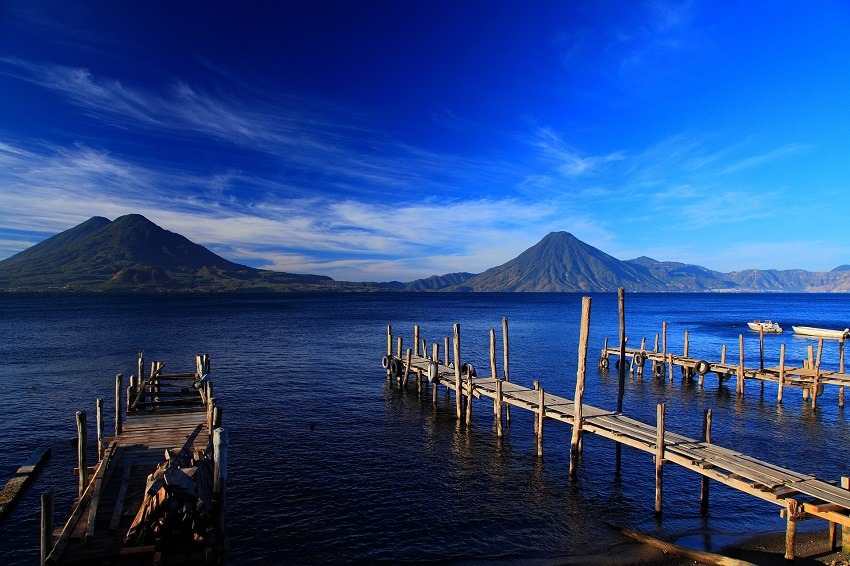
Volcanoes close to Antigua
8 – Acatenango volcano
A short drive from the historic, colonial town of Antigua, Acatenango volcano has two peaks, Pico Mayor at 3,976 metres and Yepocapa at 3,880 metres. Acatenango is joined to neighbouring Fuego volcano and, together, they are known as La Horqueta. Climbing Acatenango is a popular option and is best attempted as an overnight trip which we can arrange with all transport, guide, all meals and comfortable tents.
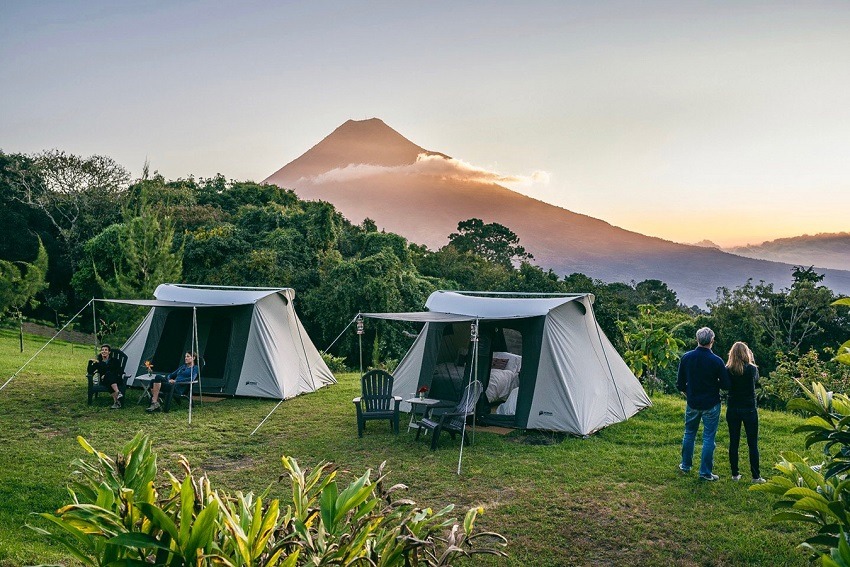
9 – Fuego volcano
Joined to the aforementioned Acatenango, Fuego volcano (known as Chi Q’aq’ by local, Kaqchikel Mayans) reaches a height of 3,763 metres and is one of the most active volcanoes in Guatemala, albeit at a generally low level. Small eruptions occur almost every thirty minutes or so which, while making it unsafe to climb, is one of the main reasons for the popularity in climbing Acatenango.
10 – Agua volcano
With a height of 3,760 metres, Agua volcano is the closest volcano to the historic, colonial town of Antigua and is clearly visible from pretty much wherever you are in town. The odd name (Agua is the Spanish for water) refers to a flood of water from the volcano that destroyed Guatemala’s original, nearby capital.
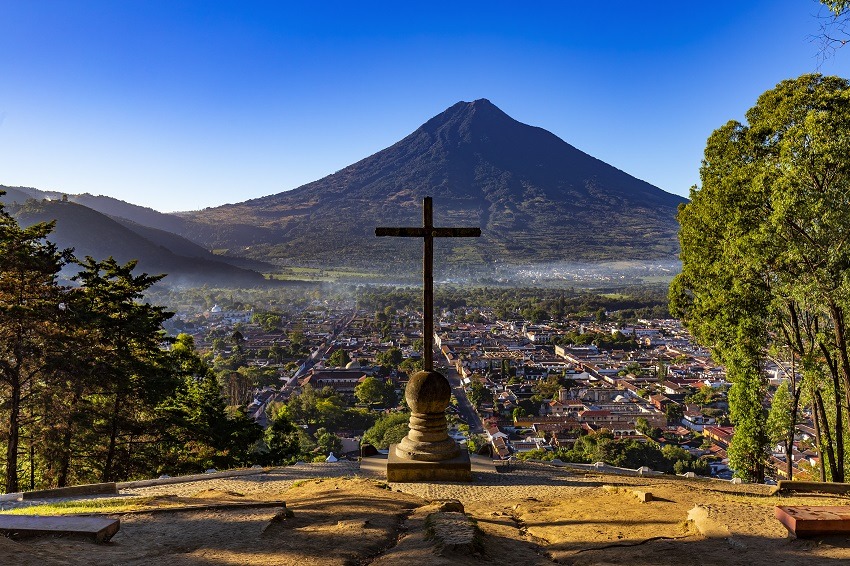
11 – Pacaya volcano
Roughly equidistant to both Antigua and Guatemala City, the ascent of Pacaya is the most popular volcano hike in Guatemala, even though Pacaya is still very much active and last erupted only as far back as 2014! Due to its ‘live’ status, it is not possible to hike to the very top but, instead, to a lower ridgeline, famous for its volcano shop. Return transport can be arranged from Antigua and there is no need for a guide as there is just the one trail and you won’t be alone.
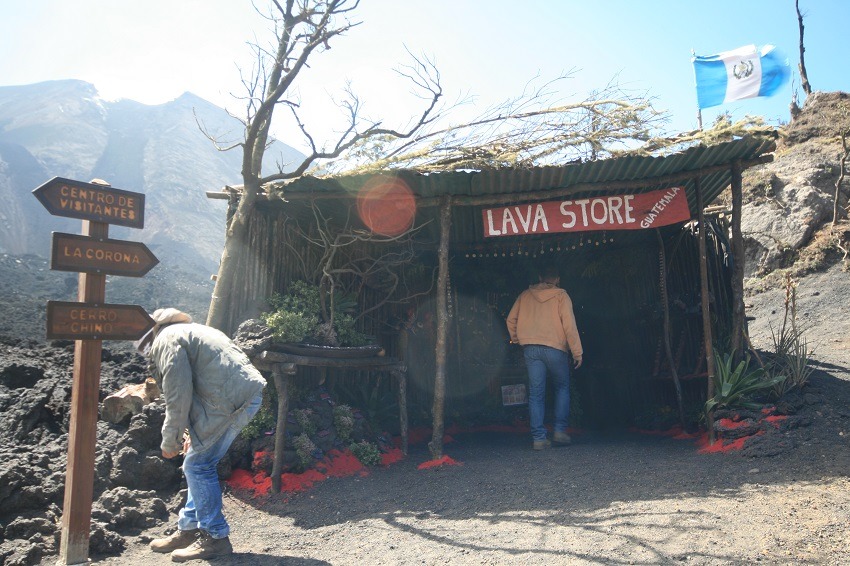
Volcanoes in the south east of Guatemala
12 – Tecuamburro volcano
Approximately 50kms south of the capital, at just 1,845 metres Tecuamburro volcano is relatively small as Guatemala volcanoes go. Formed from the eruption of an earlier, larger volcano (Miraflores), Tecuamburro hasn’t erupted for at least one thousand years.
13 – Moyuta volcano
Another relatively small volcano, at just 1,662 metres, Moyuta volcano hasn’t erupted for many years and is almost entirely covered in forest and coffee plantations.
14 – Chingo volcano
Located slap bang on the border between Guatemala and El Salvador, Chingo volcano is a near perfectly symmetrical stratovolcano that reaches a height of 1,775 metres. From the small village of Contepeque, the hike to the top takes approximately 3 hours although nearby facilities are limited and Chingo is somewhat out on a limb.
15 – Flores volcano
The largest of a small cluster of volcanoes in south-eastern Guatemala, near the town of Jutiapa, Flores volcano is still only 1,600 metres in height and largely inconsequential in the scheme of things. Nor should it be confused with the town of Flores in the north of Guatemala.
16 – Tahual volcano
1,716 metres in height, and located in south-eastern Guatemala, Tahual volcano is largely covered in forest and is marked by broad erosional crater that extends to its base. Few, if any visitors, make it to this remote Guatemala volcano.
17 – Suchitan volcano
At over 2,000 metres in height, Suchitan is one of the biggest Guatemala volcanoes in the south east of the country. The volcano is located north-east of the town of Jutiapa and it is not known when it last erupted.
18 – Ipala volcano
Also located in south-eastern Guatemala, the extinct Ipala volcano is only 1,650 metres high and an easy trek. It is principally popular for its summit crater, some 1km in width, which is now filled in by water, aka Lake Ipala.
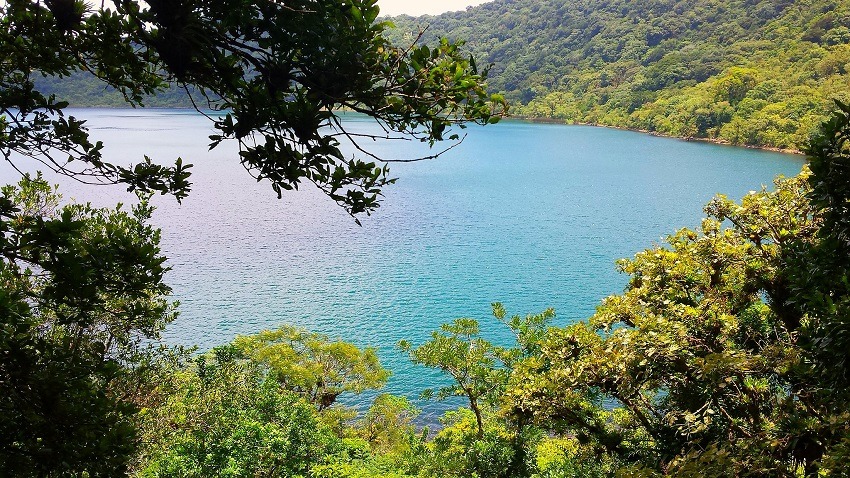
Image courtesy of Elder Flores Ramos


